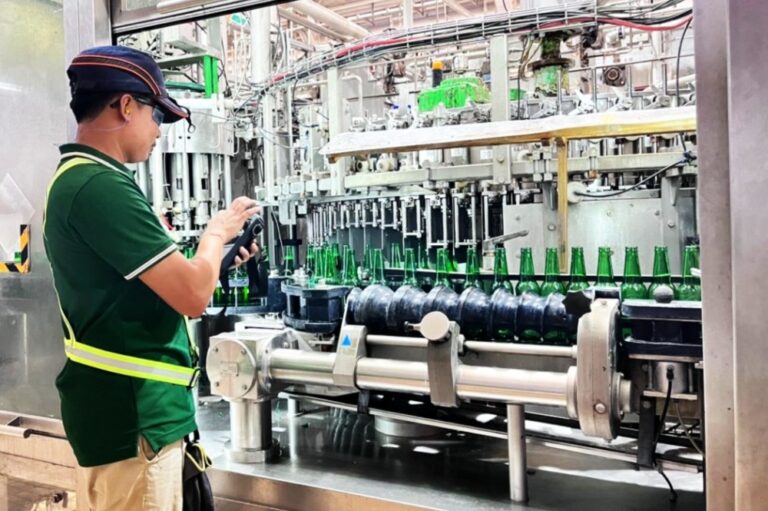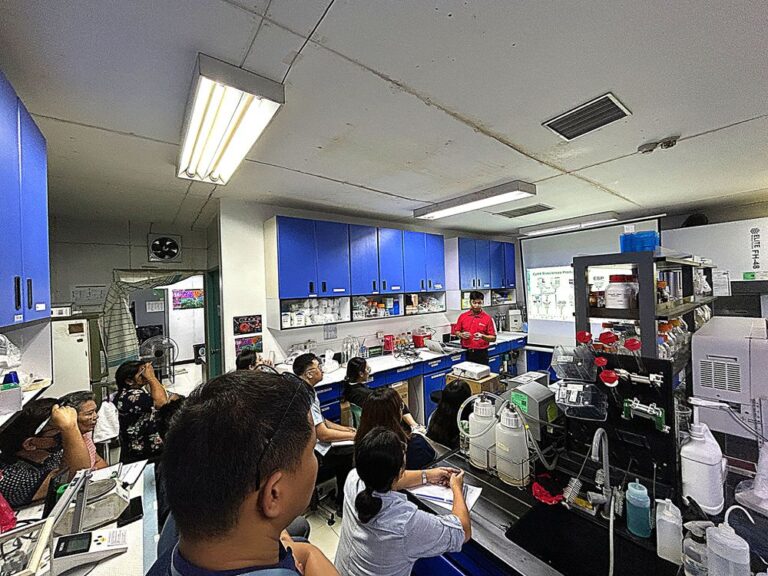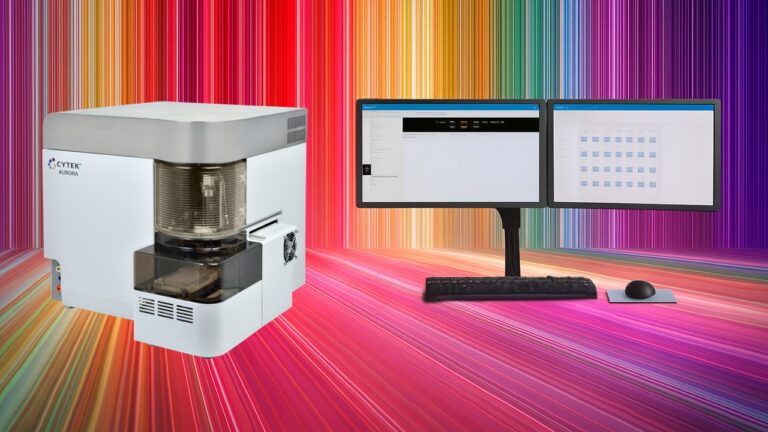Selecting the Right Cell Culture Media for Research Success

Cell culture refers to laboratory methods that enable the growth of eukaryotic or prokaryotic cells in physiological conditions. It is a versatile tool used in the investigation of basic scientific and translation of research questions.
The advantage of using cell lines in scientific research is their homogeneity and associated reproducibility in the data generated. Cell cultures require certain environmental conditions for optimal growth and proliferation, including, temperature control, appropriate pH and osmolality, a substrate for cellular attachment, a certain type of culture medium, and an incubator to maintain stable conditions.
What is Cell Culture Media?
Cell culture media refers to a complex mixture of nutrients and growth factors designed to support cellular growth in an artificial environment. When cells, organs, or tissues are removed from living creatures, they must be kept in an appropriate artificial environment.
Nutritional requirements for cell growth differ with different cell types and functions, as do optimal pH and osmolality. As the medium that supplies the necessary nutrients, correct pH and osmolality for cell cultures to survive and proliferate, it is therefore important to consider the cell type when choosing the appropriate growth medium. The choice of cell culture media directly impacts the results of an experiment, and as such, must be carefully considered.
DKSH is a representative of Corning MediaTech in Southeast Asia, Australia and New Zealand regions. Reach out to us for further information on the available solutions and tools that will be able to support your customized projects.
Sources:
- National Library of Medicine: Cell Culture
- Which Cell Culture Media Is Right for You?
- Best practices for media selection for mammalian cells
- Animal‐cell culture media: History, characteristics, and current issues
- The cultivation in vitro of cells derived from adult Schistosoma mansoni. I. Methodology; criteria for evaluation of cultures; and development of media
- Selection of culture media for human and rabbit corneal epithelia
- Evaluation of media, time and temperature of incubation, and method of enumeration of several strains of Clostridium perfringens spores




